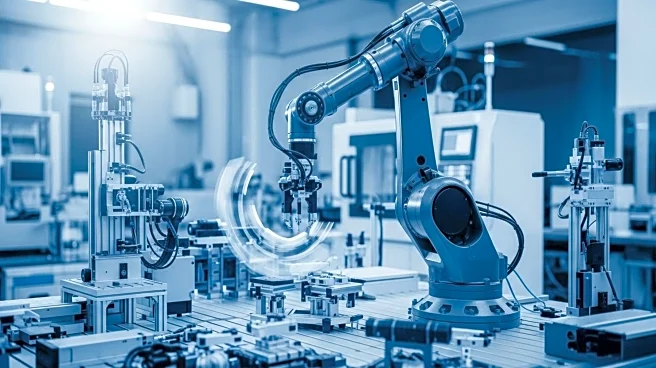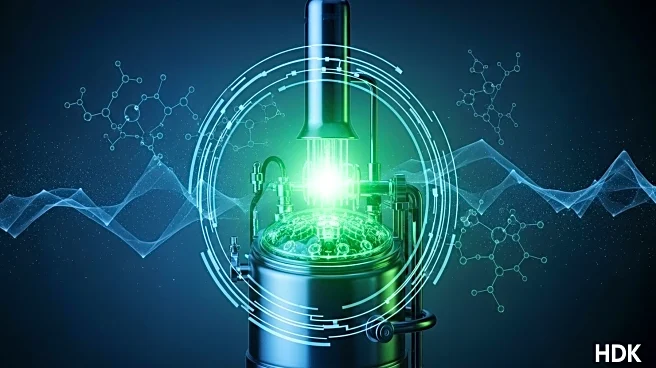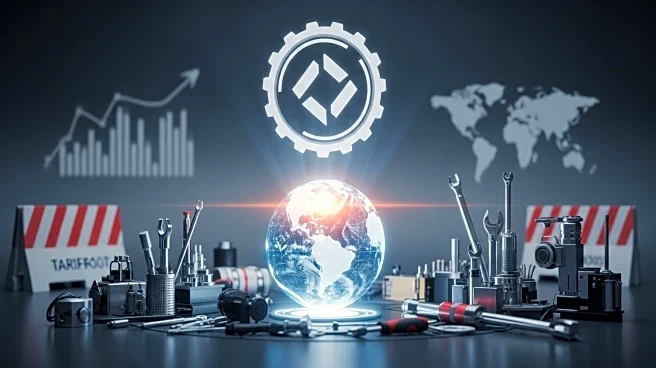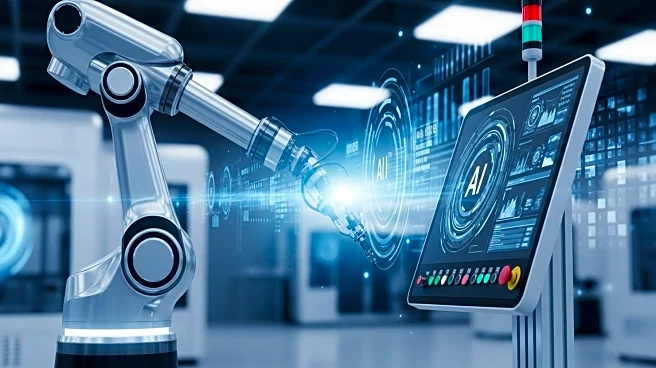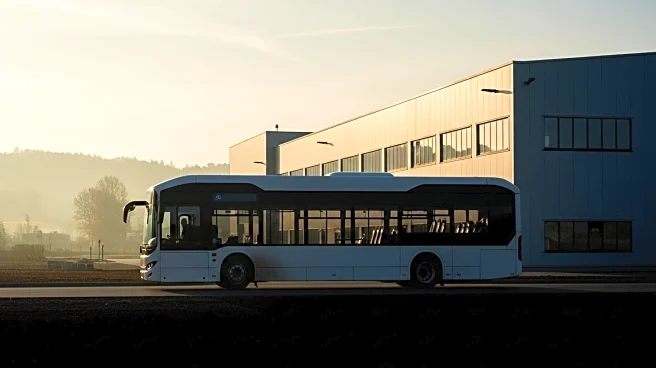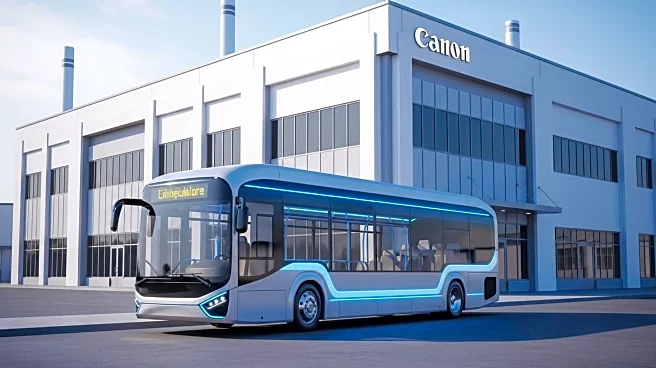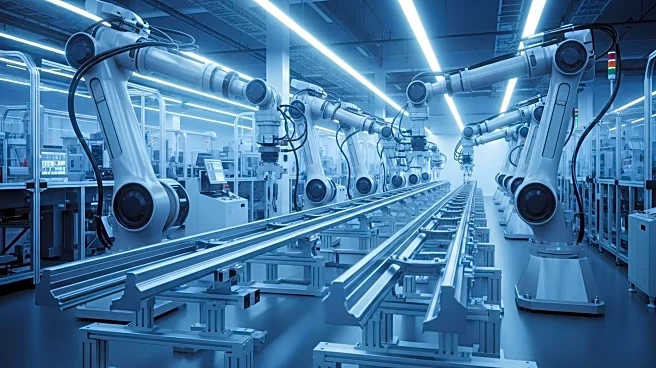What's Happening?
Manufacturers in the U.S. are being encouraged to expand operations through a variety of financial incentives available at federal, state, and local levels. These incentives include tax credits and direct grants aimed at reducing costs associated with facility development, equipment acquisition, and workforce training. The federal New Markets Tax Credit (NMTC) program is highlighted as a key tool for manufacturers, offering a federal tax credit spread over seven years to spur private investment in economically distressed communities. States are also competing to attract manufacturers by offering statutory and discretionary incentives, such as tax credits for research and development, grants, and utility tax exemptions. Local jurisdictions provide additional incentives like tax incremental financing (TIF) and property tax abatements.
Why It's Important?
The availability of these incentives is crucial for reshoring domestic manufacturing, a key component of national economic policy. By attracting manufacturers, states and localities aim to secure high-impact projects that can create jobs and stimulate local economies. The NMTC program, in particular, provides a significant capital subsidy, enhancing liquidity and reducing borrowing costs for manufacturers. State and local incentives further support infrastructure improvements and operational costs, making U.S. manufacturing more competitive globally. These programs are essential for manufacturers looking to expand in underserved areas, contributing to long-term economic growth and revitalization.
What's Next?
Manufacturers must strategically plan and structure their projects to fully capitalize on these incentives. This involves understanding the legal and operational commitments tied to each incentive, engaging proactively with governing jurisdictions, and ensuring compliance with annual reporting requirements. As states continue to develop attraction programs, manufacturers have the opportunity to capture substantial benefits and position themselves for success in the U.S. market.
Beyond the Headlines
The strategic use of incentives not only supports manufacturing expansion but also drives innovation and revitalization in local communities. By focusing on job creation, quality, and innovative technologies, manufacturers can contribute to sustainable development and economic resilience. The emphasis on community impact standards ensures that these projects deliver tangible benefits to local populations, fostering a more equitable distribution of economic growth.
